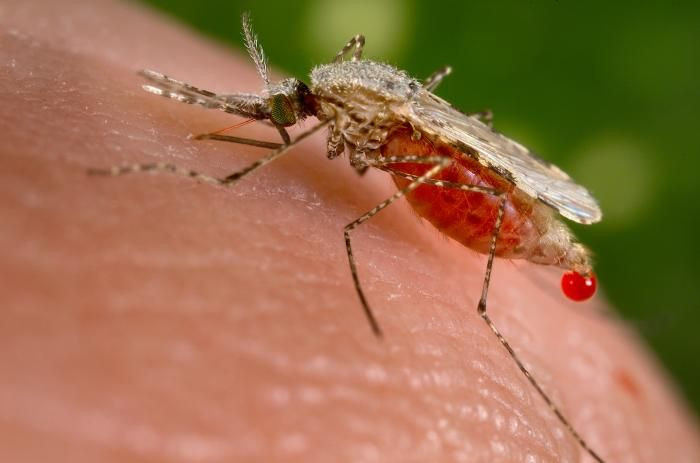Health Officials Prepare For West Nile Season

Local public and environmental health departments across the country are bracing for the upcoming West Nile virus and mosquito season, which occurs yearly from late spring into fall.
Officials fear that cases of and deaths from West Nile will continue to rise over last year's record-breaking season. Last year, 48 states reported a total 5,387 West Nile virus cases, including 243 deaths. The total was the most cases reported to the Centers for Disease Control and Prevention (CDC) since the organization started gathering West Nile data in 2003.
Among last year's cases, about half were neuroinvasive--meaning they affected the fluid and spaces around the central nervous system--and half were not.
Thousands more infections likely occurred, since only 1 out of 5 infected people get sick and experience symptoms. These people generally experience fever, headache, body aches, nausea vomiting, or skin rash. The onset of symptoms occurs 3 - 14 days after being bitten by an infected mosquito, and it could take weeks to recover.
About 1 in 150 people will develop serious, potentially fatal symptoms, such as high fever, muscle weakness, coma, convulsions, and paralysis.
There is no specific cure for West Nile virus, and those infected with mild symptoms do not need to go to the hospital. If infected people experience serious symptoms, they should be admitted to the hospital and receive supportive care, such as fluids and help with breathing.
Since the disease is transmitted primarily by being bitten by an infected mosquito, the interventions to prevent West Nile are the same as preventing mosquito bites.
The CDC suggests limiting time spent outdoors and to try to stay indoors at dusk and dawn, when mosquitoes are most active. When outdoors, people can reduce the risk of being bitten by wearing EPA-registered insect repellant and covering skin with long sleeves and pants.
To prevent mosquitoes from breeding, eliminate standing water in flower pots, buckets, and spare tires.
More about West Nile virus can be found at the CDC website.
Published by Medicaldaily.com



























